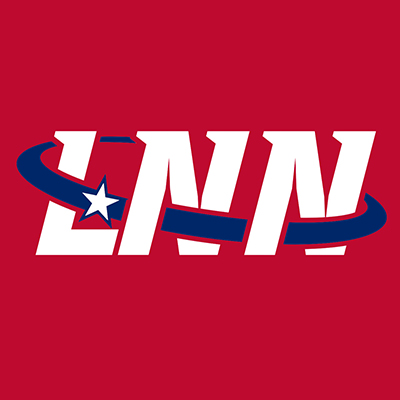A strategic transformation is taking hold along Liberia’s Yekepa-to-Buchanan railway corridor, as the country’s multiuser rail vision gains powerful new momentum. With the Guinean-based Nimba Development Company (NDC) now seeking access to export up to 10 million tons of iron ore annually through the Port of Buchanan, the Boakai administration’s push to unlock one of Liberia’s most important national assets for broader economic use is fast becoming a reality.
According to senior officials within the Government of Liberia, NDC is currently in active discussions with the National Investment Commission (NIC) and the Inter-Ministerial Concessions Committee (IMCC) regarding use of the rail corridor, which has for over two decades been monopolized by ArcelorMittal Liberia (AML). If negotiations are finalized, NDC’s entry would mark yet another significant step toward the dismantling of exclusive access to Liberia’s critical infrastructure—making way for a competitive, job-generating, multiuser transport economy.
NDC’s interest follows the landmark July 2025 rail access agreement between the Government of Liberia and Ivanhoe Atlantic, a U.S.-backed venture led by mining billionaire Robert Friedland. That deal—valued at an estimated $1.8 billion—not only paved the way for cross-border transport of Guinean ore through Liberia but also signaled the government’s readiness to usher in a new era of infrastructure diplomacy.
The U.S. government has since hailed the Ivanhoe agreement as aligned with its strategic objectives, particularly regarding the global supply of critical minerals and greater American presence in West Africa’s extractive industries. NDC’s potential participation now strengthens the case for shared access and underscores Liberia’s pivotal geographic and economic position in the transnational mining and logistics chain.
Government insiders confirm that the multiuser policy is not simply aspirational but is being systematically codified into Liberia’s infrastructure and investment strategy. Under current policy, Liberia is set to transition to an independent operator regime for the Yekepa-Buchanan railway by 2030—ending ArcelorMittal’s direct operational control over the line and opening it to qualified third parties. However, according to sources familiar with the Ivanhoe agreement, should AML agree to an amendment of its Mineral Development Agreement (MDA) before 2030, the timeline for this transition would accelerate accordingly.
To that end, the Government is preparing to commence negotiations with ArcelorMittal in September 2025 to amend its MDA—a move that could bring forward the advent of an independent rail operator and, by extension, open the corridor to more users like NDC even sooner than originally projected.
The implications for Liberia are considerable. Opening the rail corridor to additional users not only promises increased revenue flows to the state but also has the potential to create thousands of jobs in infrastructure, transport, and mining logistics. NDC, for example, projects annual exports of up to 10 million tons of iron ore through Buchanan, a volume that could dramatically expand economic activity along the corridor and within the port itself.
The region straddling Liberia and Guinea is estimated to contain more than 12 billion tons of iron ore reserves, with about 7 billion tons located on the Liberian side of the border under various exploration licenses. Developing that potential requires a fair and open-access regime for the transport infrastructure that connects mines to markets.
Until now, ArcelorMittal’s exclusive access to both the railway and the Port of Buchanan has long been criticized as a bottleneck to broader economic growth. That monopoly, established under previous administrations, has drawn increasing scrutiny amid rising calls for economic diversification and national infrastructure sovereignty.
By opening up the corridor to companies like Ivanhoe Atlantic and NDC, the Boakai administration appears determined to align Liberia’s economic development with principles of fair competition, regional integration, and long-term sustainability.
With each new entrant onto the corridor, the multiuser rail agenda gains credibility—not only as a technical solution to logistical challenges, but as a symbol of Liberia’s emerging role as a hub for responsible, inclusive, and transnational resource development.


